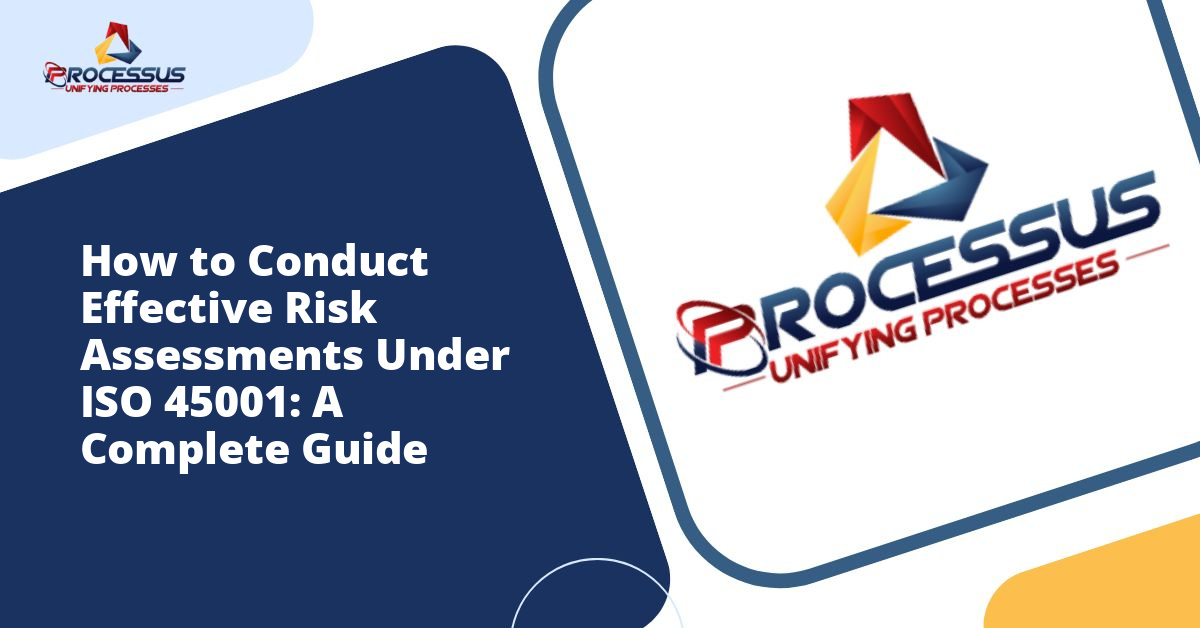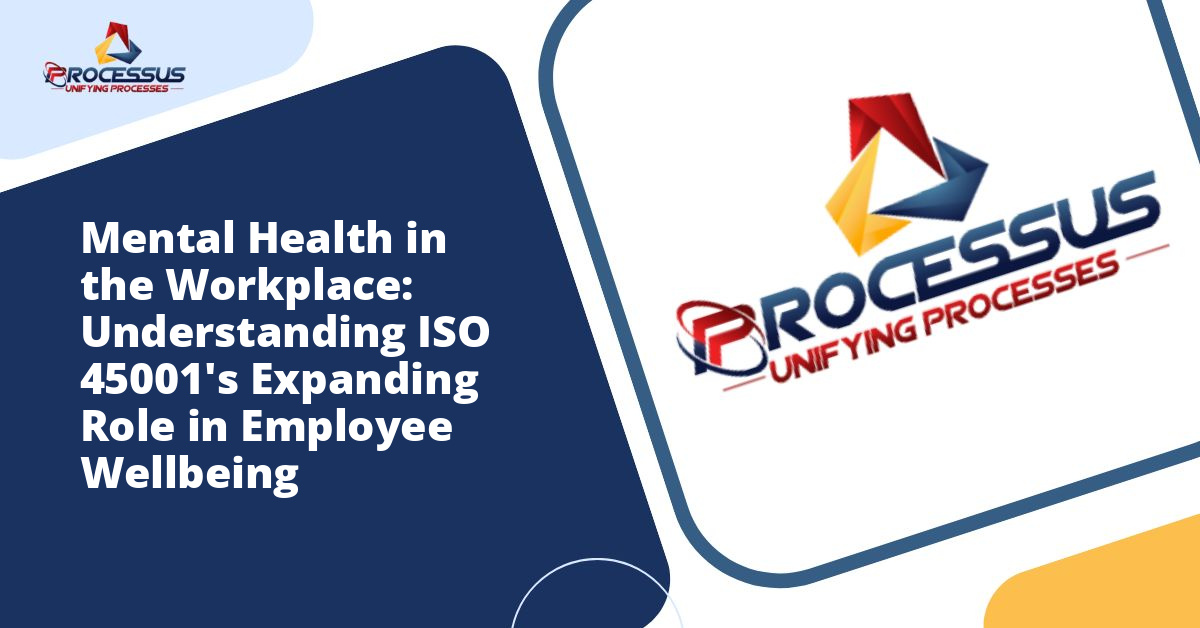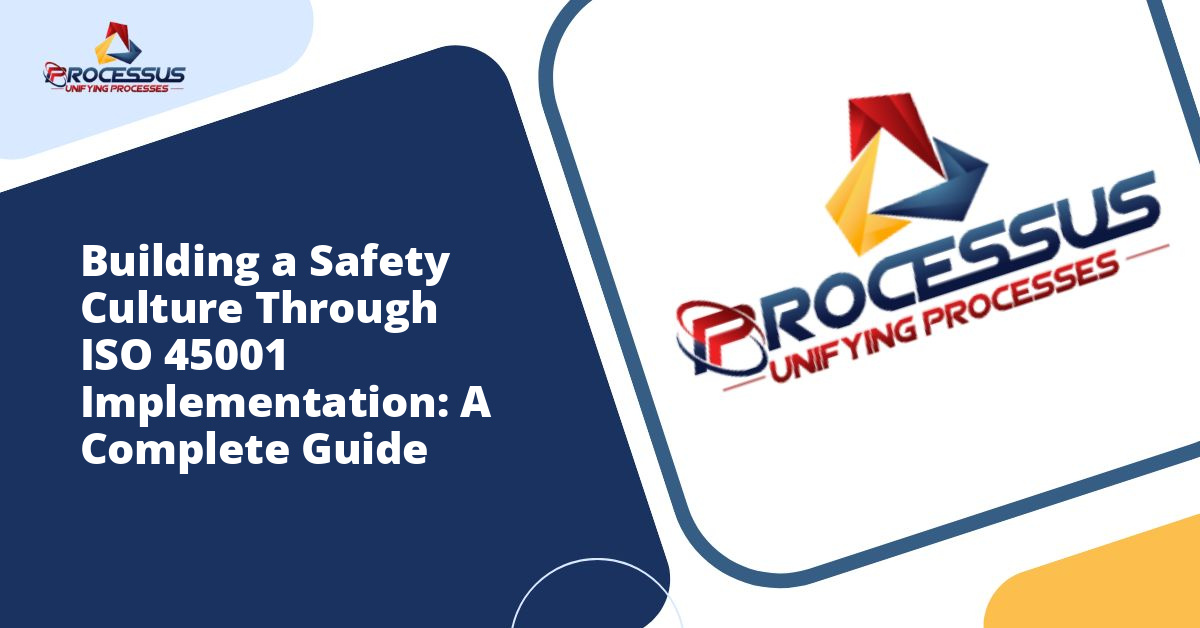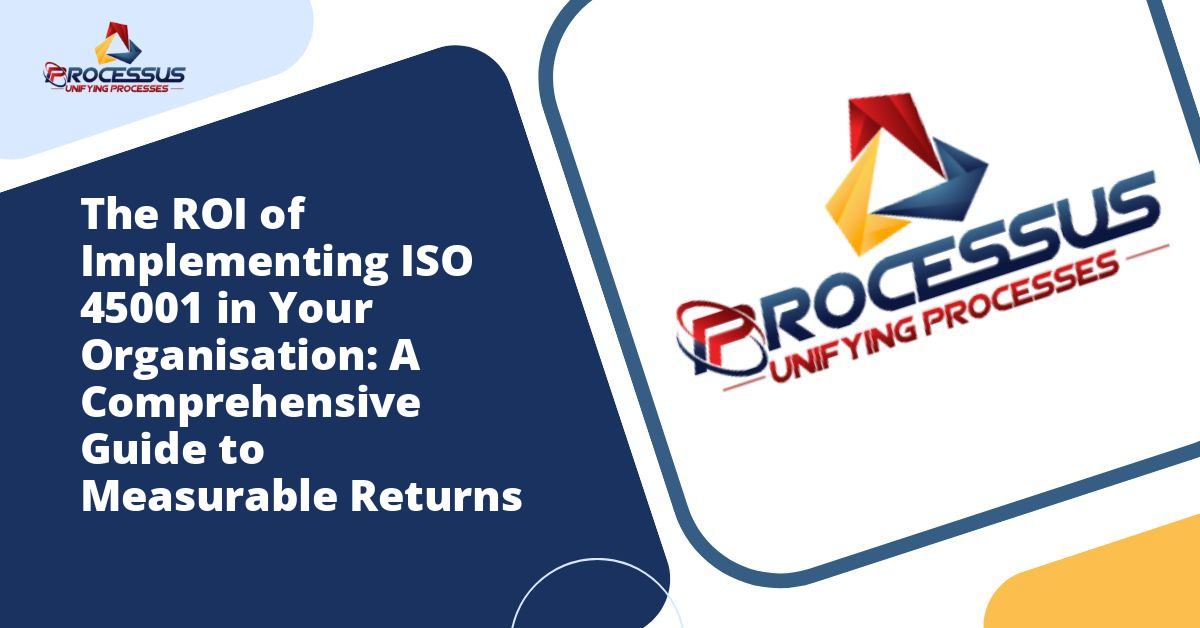Organizations worldwide recognize the importance of maintaining robust occupational health and safety management systems. ISO 45001 has become the global standard for creating safer workplaces and reducing workplace incidents. However, many organizations struggle during audits, encountering similar non-conformities that could have been prevented with proper understanding and preparation.
This comprehensive guide explores the ten most common non-conformities discovered during ISO 45001 audits. Understanding these pitfalls will help organizations strengthen their safety management systems and achieve successful certification outcomes. You might also enjoy reading about The ROI of Implementing ISO 45001 in Your Organisation: A Comprehensive Guide to Measurable Returns.
Understanding ISO 45001 and the Audit Process
Before diving into specific non-conformities, it is essential to understand what ISO 45001 represents. This international standard provides a framework for organizations to manage occupational health and safety risks while improving overall safety performance. The standard applies to organizations of all sizes and industries, offering flexibility in implementation while maintaining stringent safety requirements. You might also enjoy reading about How ISO 45001 Reduces Workplace Accidents in Manufacturing: A Comprehensive Guide.
During an ISO 45001 audit, certified auditors examine whether an organization’s health and safety management system meets the standard’s requirements. They review documentation, interview personnel, observe workplace practices, and verify that the system operates effectively in practice, not just on paper. You might also enjoy reading about Understanding ISO Standards: A Complete Guide to International Quality Management Systems.
1. Inadequate Hazard Identification and Risk Assessment
The most frequent non-conformity in ISO 45001 audits relates to incomplete or insufficient hazard identification and risk assessment processes. Organizations often fail to comprehensively identify all hazards present in their workplace, or they conduct superficial risk assessments that do not adequately evaluate the severity and likelihood of potential incidents.
Common Issues Include
- Failure to consider routine and non-routine activities when identifying hazards
- Overlooking hazards related to emergency situations or reasonably foreseeable circumstances
- Neglecting to assess risks associated with changes in operations, processes, or materials
- Inadequate consideration of human factors and behavioral aspects
- Insufficient involvement of workers in hazard identification processes
To address this non-conformity, organizations should establish systematic procedures for ongoing hazard identification. This includes regular workplace inspections, incident investigations, worker feedback mechanisms, and proactive reviews when changes occur. Risk assessments must be thorough, documented, and regularly updated to reflect current workplace conditions.
2. Insufficient Worker Consultation and Participation
ISO 45001 places significant emphasis on worker involvement in the occupational health and safety management system. Many organizations fail to demonstrate adequate consultation and participation mechanisms, treating safety as a top-down initiative rather than a collaborative effort.
Auditors frequently find that workers are not meaningfully involved in hazard identification, risk assessment, incident investigation, or development of safety policies and procedures. Some organizations establish consultation processes but fail to document them properly or demonstrate how worker feedback influences decision-making.
Key Requirements for Compliance
- Establishing clear mechanisms for worker consultation on safety matters
- Providing workers with access to information about the health and safety management system
- Removing barriers and obstacles that might prevent participation
- Documenting consultation activities and outcomes
- Demonstrating how worker input influences safety decisions and improvements
Organizations should create formal structures such as safety committees, regular safety meetings, and feedback channels that genuinely empower workers to contribute to workplace safety improvements.
3. Incomplete or Outdated Documentation
Documentation forms the backbone of any management system, and ISO 45001 requires specific documented information to demonstrate compliance. Auditors commonly discover that organizations maintain incomplete, outdated, or inaccessible documentation.
This non-conformity manifests in various ways: safety policies that do not reflect current operations, procedures that workers cannot easily access, risk assessments that have not been reviewed for years, or training records that lack essential details. Some organizations create documentation solely for audit purposes without integrating it into daily operations.
Effective document control requires organizations to establish processes for creating, updating, reviewing, and distributing documented information. All relevant personnel should have access to current versions of documents they need for their roles. Regular reviews should ensure documentation remains accurate and reflects actual workplace practices.
4. Inadequate Competence and Training Programs
Organizations frequently struggle to demonstrate that workers possess the necessary competence to perform their duties safely. This non-conformity extends beyond simply providing training courses. It involves ensuring that training is effective, relevant to specific job roles, and regularly refreshed.
Common deficiencies include generic safety training that does not address specific workplace hazards, lack of training for contractors and temporary workers, insufficient evaluation of training effectiveness, and failure to provide additional training when changes occur in the workplace.
Building Effective Training Programs
Organizations should assess competence requirements for each role, identify gaps, and provide targeted training to address those gaps. Training records must document not only attendance but also verification that workers understand and can apply the knowledge gained. Regular competence assessments help ensure that training translates into safer workplace behaviors.
Additionally, organizations should consider different learning styles and provide training in formats and languages that workers can understand. Practical demonstrations, hands-on practice, and workplace-specific scenarios typically prove more effective than classroom lectures alone.
5. Weak Incident Investigation and Corrective Action Processes
When incidents occur, ISO 45001 requires organizations to investigate them thoroughly to identify root causes and implement corrective actions. However, auditors frequently find that incident investigations are superficial, focusing on immediate causes rather than underlying systemic issues.
Many organizations assign blame to individual workers rather than examining organizational factors that contributed to incidents. They may implement quick fixes without addressing root causes, leading to recurring incidents. Documentation of investigations often lacks detail, and corrective actions may not be tracked to completion.
Effective incident investigation requires trained investigators who use structured methodologies to identify all contributing factors. Investigations should examine technical, organizational, and human factors. Organizations must track corrective actions through to completion and verify their effectiveness in preventing recurrence.
6. Failure to Establish Measurable Objectives and Performance Indicators
ISO 45001 requires organizations to establish health and safety objectives and monitor performance against those objectives. Many organizations struggle with this requirement, setting vague objectives without measurable criteria or failing to monitor progress systematically.
Common problems include objectives that are not specific, measurable, achievable, relevant, or time-bound. Some organizations focus exclusively on lagging indicators like injury rates without incorporating leading indicators that can predict and prevent incidents.
Developing Effective Performance Monitoring
Organizations should establish both leading and lagging indicators to monitor safety performance comprehensively. Leading indicators might include completion rates for safety inspections, participation in safety training, or closure of corrective actions. Lagging indicators track outcomes such as injury rates, lost time incidents, or near-miss reports.
Regular reviews of performance data should inform management decisions and drive continuous improvement initiatives. Data should be analyzed for trends and patterns that reveal opportunities for enhancement.
7. Insufficient Management Review and Leadership Commitment
Top management commitment is crucial for effective implementation of ISO 45001, yet auditors often find that leadership involvement is superficial or inconsistent. Management reviews may occur irregularly, lack depth, or fail to result in meaningful decisions and resource allocations.
Organizations sometimes delegate occupational health and safety responsibilities entirely to safety officers or human resources departments without maintaining appropriate oversight at the leadership level. Management reviews may become checkbox exercises without genuine examination of system effectiveness or consideration of improvement opportunities.
To demonstrate genuine leadership commitment, top management should actively participate in management reviews, allocate necessary resources for the health and safety management system, set strategic direction for safety performance, and visibly support safety initiatives throughout the organization.
8. Inadequate Contractor and Supplier Management
Many organizations fail to extend their occupational health and safety management systems to contractors, suppliers, and other external parties who work at their facilities or influence their operations. This creates significant gaps in workplace safety protection.
Common deficiencies include lack of safety requirements in procurement processes, insufficient contractor vetting procedures, inadequate communication of site-specific hazards to contractors, and failure to monitor contractor safety performance. Some organizations assume contractors will manage their own safety without verifying competence or compliance.
Implementing Effective External Party Management
Organizations should establish clear safety requirements for contractors and suppliers, communicate these expectations during procurement processes, verify contractor competence before work begins, provide site-specific safety orientations, and monitor contractor activities to ensure compliance. Contractors should be included in incident reporting systems and participate in relevant consultation processes.
9. Poor Emergency Preparedness and Response Planning
ISO 45001 requires organizations to establish processes for responding to emergency situations. Auditors frequently discover that emergency plans are generic, outdated, or not tested through regular drills and exercises.
Organizations may fail to identify all potential emergency scenarios relevant to their operations, neglect to establish clear response procedures, or not train workers adequately in emergency response protocols. Emergency equipment may not be properly maintained or accessible when needed.
Effective emergency preparedness requires identifying potential emergency scenarios through risk assessment, developing specific response procedures for each scenario, training relevant personnel in their emergency roles, conducting regular drills to test effectiveness, and reviewing and updating plans based on drill outcomes and changes in operations.
10. Lack of Integration with Business Processes
A fundamental principle of ISO 45001 is that occupational health and safety should be integrated into overall business processes rather than treated as a separate system. However, many organizations maintain their health and safety management systems in isolation from operational management.
This non-conformity appears when safety considerations are not incorporated into planning processes, change management procedures, procurement decisions, or performance evaluations. Safety may be discussed in separate meetings rather than integrated into regular business discussions.
Organizations should embed health and safety considerations into all relevant business processes. This includes incorporating safety criteria into design and planning stages, considering occupational health and safety impacts when making business decisions, aligning safety objectives with overall organizational strategy, and ensuring that all managers understand their safety responsibilities as part of their operational roles.
Strategies for Preventing Non-Conformities
Understanding common non-conformities is the first step toward preventing them. Organizations can take proactive measures to strengthen their health and safety management systems and improve audit outcomes.
Conduct Regular Internal Audits
Internal audits help identify gaps and deficiencies before external certification audits occur. Organizations should establish systematic internal audit programs covering all aspects of ISO 45001 requirements. Internal auditors should receive proper training and maintain objectivity in their assessments.
Invest in Competence Development
Building competence throughout the organization strengthens the entire health and safety management system. This includes training for top management on their responsibilities, developing internal auditor capabilities, enhancing hazard identification skills among workers, and building expertise in areas like incident investigation and risk assessment.
Establish Continuous Improvement Processes
Organizations should view ISO 45001 compliance as an ongoing journey rather than a destination. Regular reviews of system effectiveness, monitoring of performance indicators, learning from incidents and near misses, and benchmarking against industry best practices all contribute to continuous improvement.
Leverage Technology and Tools
Modern software solutions can help organizations manage documentation, track training and competence, monitor corrective actions, analyze incident data, and generate performance reports. Technology should support rather than complicate the health and safety management system.
Foster a Positive Safety Culture
Technical compliance with ISO 45001 requirements is necessary but not sufficient for creating truly safe workplaces. Organizations should cultivate positive safety cultures where workers feel empowered to speak up about hazards, leaders visibly demonstrate commitment to safety, and continuous improvement is everyone’s responsibility.
Conclusion
ISO 45001 certification represents a significant achievement that demonstrates organizational commitment to worker health and safety. However, achieving and maintaining certification requires thorough understanding of requirements and diligent implementation of effective management system processes.
The ten common non-conformities discussed in this guide represent the most frequent challenges organizations face during audits. By understanding these pitfalls and taking proactive steps to address them, organizations can strengthen their health and safety management systems, improve audit outcomes, and most importantly, create safer workplaces for all workers.
Success with ISO 45001 requires genuine commitment from leadership, meaningful worker participation, systematic approaches to hazard management, and integration of safety considerations into all business processes. Organizations that approach ISO 45001 as a framework for continuous improvement rather than a compliance burden will realize the greatest benefits in terms of reduced incidents, improved worker morale, and enhanced organizational performance.
Regular self-assessment against these common non-conformities helps organizations identify areas for improvement before external audits occur. Combined with ongoing training, effective communication, and genuine commitment to worker safety, organizations can achieve not only certification success but also meaningful improvements in workplace health and safety outcomes.







